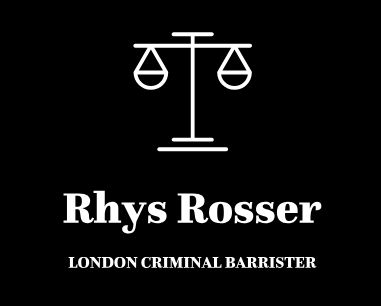What Happens at a Plea and Trial Preparation Hearing
A Plea and Trial Preparation Hearing, or PTPH as lawyers will call it, is ordinarily the first hearing before the Crown Court. The only exception is where the alleged offence is one of murder, in which case there will be a preliminary hearing ordinarily the day after the first hearing at the Magistrates Court.

What to Expect at a Plea and Trial Preparation Hearing?
The PTPH is for case management purposes and for the defendant to be asked if they are guilty or not guilty – this is known as arraignment. At this stage, if a Defendant pleads guilty, they are ordinarily entitled to a 25% reduction in sentence (known as credit for guilty plea).
Identification and Arraignment
The Defendant will first be identified and asked to confirm their name, they may be asked some further personal details. They will then be asked if they are Guilty or Not Guilty. If the Defence intend to make an application to dismiss or ask for the proceedings to be stayed as an abuse of process, then the Defendant will not be arraigned.
After a plea has been entered, the case will either move to case management or sentence. If there is a Not Guilty plea, the Judge will enquire as to what the issue is in the case, this means that the Judge is asking what the Defence is. The Judge will then ask about which witnesses should be required to give evidence.
Stage Dates
A substantial part of a PTPH is the giving of ‘Stage Dates’, these are as follows:
Stage One
This is when the prosecution are required to serve their case, this means disclosing the evidence that they rely on. This will include witness statements, exhibits, expert reports and any scientific evidence that is relied upon.
The prosecution are also required to make any applications by this date. This will include bad character (applications to rely on previous convictions), hearsay and what are known as special measures (for example where a witness gives evidence from behind a screen).
The Prosecution must also served unused material and a schedule of this material. This is the material that either undermines their case or assists the defence case. This can include very helpful information which may demonstrate witnesses are untruthful or other witnesses who help the defendant’s case.
Stage Two
This is an important date for the defence. This is the date by which the Defendant must serve what is called a defence statement. This is a document which should set out the nature of the Defendant’s defence, any facts they rely on and what issues they take with the prosecution case. It’s important to get this document right because a defendant can be cross-examined on its contents when they give evidence. Furthermore, a defence statement is a vital tool to trigger the disclosure of material. This is because the prosecution are required to consider the contents of the document and analyse whether as a result there is further material that ought to be disclosed. It can also trigger further reasonable lines of enquiry to be carried out.
The Defence are also required to provide their witness requirements and to respond to any disclosure documents that have been uploaded by the prosecution.
Stage Three
This is the date by which the Prosecution must reply to the Defence Statement and answer any queries that have been raised by the defence. That will include disclosing any specific materials that have been requested by the defence.
Stage Four
This is a date which only tends to be of importance in complex cases. It is the date that the defence should respond to the prosecution with any further queries that they may have. The Court will then set a date for a Certificate of Trial Readiness (COTR) to be filed, this is something that is done by lawyers rather than the defendant.
Trial Date
The next step is that the Court will look to set a trial date. This can be a fixed date or a warned list date. A warned list is where the Court will give a specific Monday and the case can be called in for trial on any day during the two week period thereafter. A warned list is normally used for straight forward shorter trials.
Releasing on Bail
Finally, the Court will release the Defendant on bail or remand them into custody. If the Defendant is in custody, the custody time limit must be stated in open court. This is the maximum period of time a defendant can be kept in custody and is ordinarily 182 days.
Fill in the Below to Contact Rhys and to obtain legal advice










